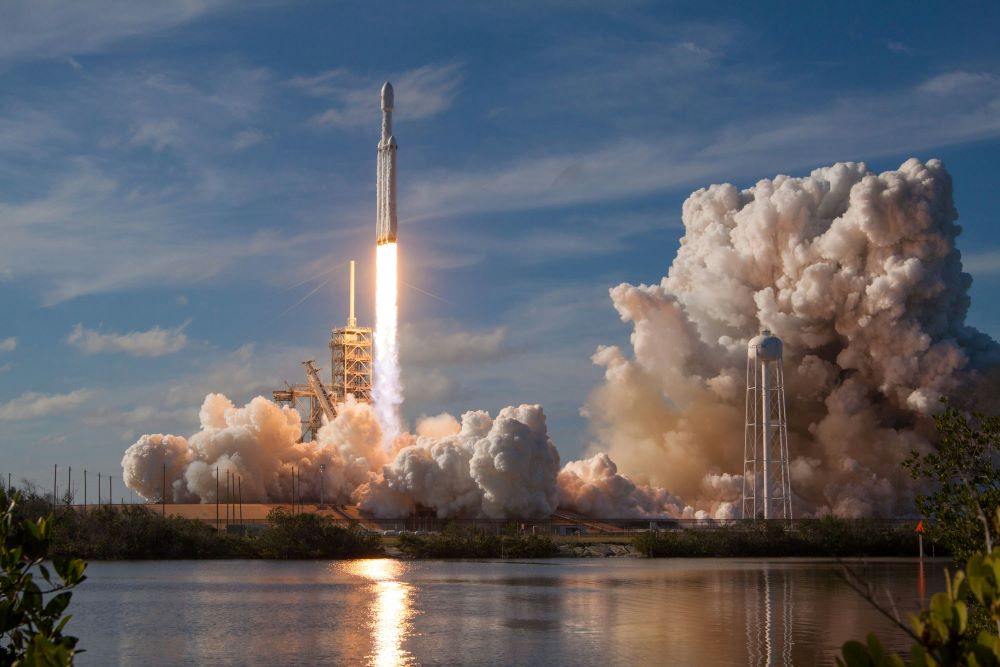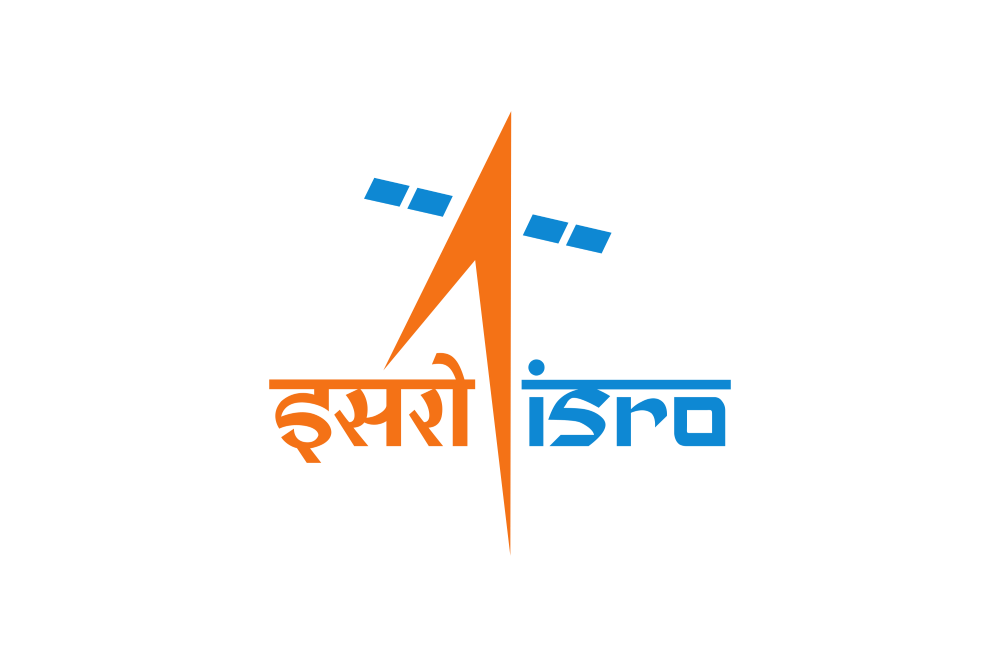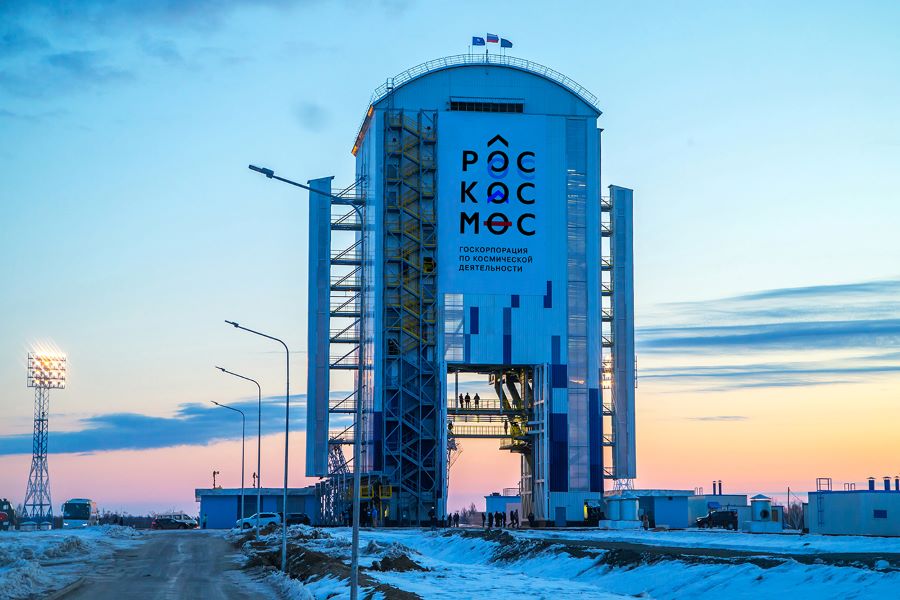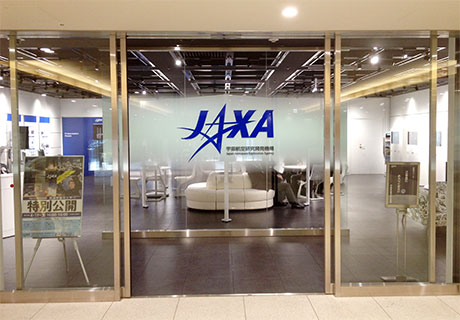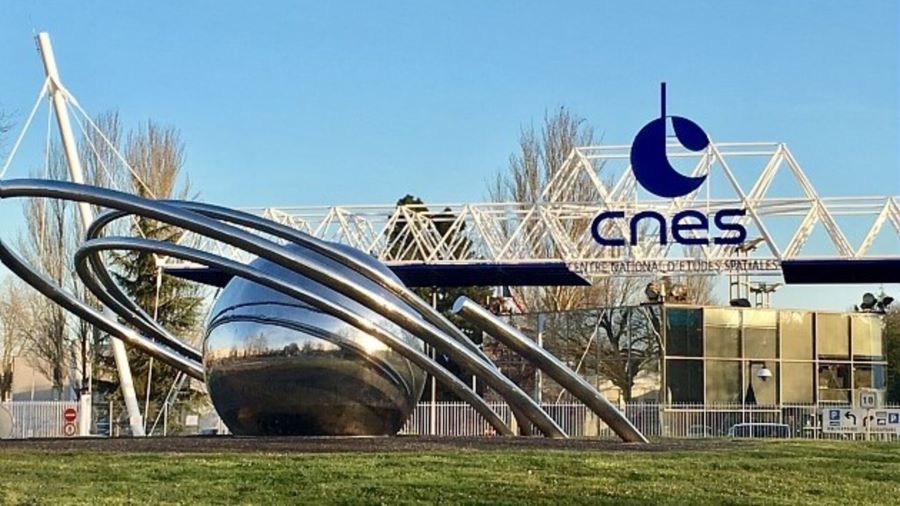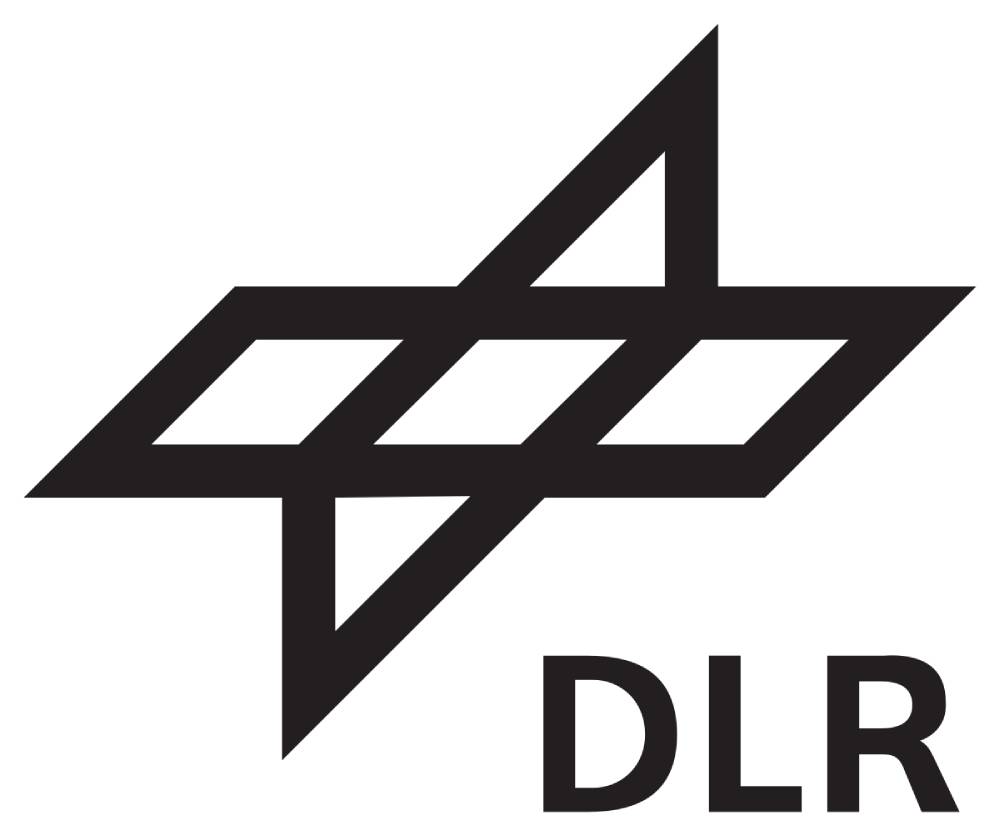1. National Aeronautics and Space Administration (NASA, USA)
Born in the heat of the Cold War, NASA has become synonymous with space exploration. From the iconic "one small step for man" to the awe-inspiring Cassini mission to Saturn, NASA boasts a rich history of milestones.
Established in 1958, NASA started its operations as the United States government agency tasked with spearheading the nation's civilian space program, as well as conducting vital aeronautics and aerospace research.
NASA's pioneering spirit manifested in the successful Mercury-Redstone 3 mission in 1961, where astronaut Alan Shepard embarked on a suborbital flight, marking the inaugural voyage of an American into space.
Over the decades, NASA has achieved significant milestones, including the historic Apollo moon landings in 1969, the deployment of the iconic Hubble Space Telescope in 1990, and the groundbreaking Mars rover missions. Looking ahead, they're aiming for the Moon with Artemis and setting their sights on Mars with Perseverance.
2. Indian Space Research Organisation (ISRO, India)
Established in 1969, the Indian Space Research Organisation (ISRO) is renowned for its cost-effectiveness and innovative approaches. They've launched satellites for numerous countries, sent missions to Mars and the Moon, and even developed their own reusable launch vehicle.
ISRO's first successful mission was the launch of Aryabhata, India's first satellite, in 1975. Launching the Mars Orbiter Mission (Mangalyaan) in 2013, making India the first Asian country to reach Martian orbit and the successful Chandrayaan missions to the moon.
Aryabhata was India's first satellite, launched in 1975. Their Gaganyaan mission aims to send the first Indian astronauts to space, and missions to Venus and Moon are on the horizon.
3. China National Space Administration (CNSA, China)
CNSA is a relative newcomer compared to NASA, but their rapid progress is nothing short of astounding. Established in 1993, the China National Space Administration (CNSA) commands China's burgeoning space program, spanning space missions, satellite launches, and lunar exploration endeavours.
CNSA's inaugural achievement materialised with the launch of the Dong Fang Hong 1 satellite in 1970, marking China's foray into satellite technology.
The launch of the Chang'e program for lunar exploration, notably culminating in the successful landing of Chang'e 4 on the far side of the moon in 2019 and the Tianwen-1 mission to Mars in 2021, highlights China's growing prominence in interplanetary exploration.
4. Russian Federal Space Agency (ROSCOSMOS, Russia)
The Russian State Corporation for Space Activities, commonly known as ROSCOSMOS, serves as the principal governmental body overseeing Russia's space science program and aerospace research initiatives. It is also considered one of the best space agencies in the world.
With a rich history dating back to the Soviet era, ROSCOSMOS launched the first artificial satellite, Sputnik 1, in 1957. They were also responsible for the iconic Yuri Gagarin's first human spaceflight.
Subsequent milestones include the establishment of the Mir space station in 1986 and the consistent success of Soyuz missions ferrying crew to the International Space Station (ISS), highlighting Russia's enduring legacy in space exploration. Today, they're collaborating on the International Space Station and developing new rockets and spacecraft.
5. European Space Agency (ESA, Europe)
This multinational powerhouse brings together 22 member states, pooling resources and expertise. Founded in 1975, the European Space Agency (ESA) boasts iconic missions like Rosetta's comet rendezvous, the Hipparcos space observatory mapping the Milky Way, and the ExoMars rover searching for life on Mars.
ESA's multifaceted activities encompass space research, Earth observation, and exploration missions conducted in conjunction with its member states. Notable achievements include the inaugural launch of the Ariane 1 rocket in 1979, heralding Europe's entry into satellite deployment.
Looking ahead, ESA is deeply involved in the Artemis program and developing Ariane 6, a next-generation rocket.
6. Japan Aerospace Exploration Agency (JAXA, Japan)
Established in 2003, the Japan Aerospace Exploration Agency (JAXA) assumes the mantle of Japan's premier aerospace and space exploration entity, dedicated to research, technology development, and satellite launches.
The Hayabusa missions to asteroids Itokawa and Ryugu culminated in retrieving samples back to Earth, and the deployment of the Kibo laboratory module on the International Space Station underscored Japan's prowess in space science and exploration.
JAXA's inaugural success came with the launch of the Hiten spacecraft in 1990, marking Japan's maiden lunar probe mission. The agency plays a crucial role in the International Space Station and is developing reusable rockets for future missions.
7. National Centre for Space Studies (CNES, France)
The National Centre for Space Studies CNES (abbreviation of the French name ‘Centre National d'Études Spatiales’) is France's governmental space agency, founded in 1961. Since its inception, CNES has been a driving force in France's space endeavors, contributing significantly to the European space sector and international collaborations.
CNES has played a crucial role in numerous space missions and projects, both within Europe and globally. Notable achievements include its involvement in the Ariane rocket program, which has become a cornerstone of Europe's commercial space launch capabilities.
8. German Aerospace Center (DLR, Germany)
Founded in 1989, the German Aerospace Center DLR (abbreviation of the German name ‘Deutsches Zentrum für Luft- und Raumfahrt’) boasts a diverse portfolio. They've contributed to major missions like Rosetta and ExoMars, developed the innovative Euromir space station module, and are pioneers in satellite technology.
DLR's Cologne test centre houses the world's largest thermal vacuum chamber, simulating the harsh environment of space for spacecraft testing. The agency’s future aims include asteroid exploration, hypersonic flight research, and deep space missions.
9. Italian Space Agency (ASI, Italy)
Established in 1988, ASI (abbreviation of the Italian name ‘Agenzia Spaziale Italiana’) has made significant contributions to European space endeavours. They've participated in missions like Cassini to Saturn, Huygens to Titan, and Rosetta to a comet.
ASI actively promotes space education through initiatives like "Campioni nello Spazio," a program that allows high school students to participate in simulated space missions. ASI plans to develop its own launch vehicle, Vega C, and contribute expertise to lunar exploration and future space telescopes.
10. Space Exploration Technologies Corporation (SpaceX)
While not a government agency, SpaceX deserves a special mention in the list of top 10 space agencies in the world. Founded in 2002 by entrepreneur Elon Musk, SpaceX stands at the forefront of commercial space exploration and aerospace technology development.
The company's mission revolves around reducing the cost of space travel and democratizing access to space exploration. SpaceX's inaugural triumph unfolded with the launch of the Falcon 1 rocket in 2008, marking the first privately funded liquid-fueled rocket to achieve orbit.
Notable milestones include the successful development and operation of the Falcon 9 and Falcon Heavy rockets, the deployment of the Dragon spacecraft to the International Space Station (ISS), and ongoing efforts to develop the Starship spacecraft for interplanetary travel.
Remember, this is just a glimpse into the fascinating world of space agencies! Each agency has unique strengths, goals, and contributions to advancing space exploration. As we continue to explore the cosmos, these agencies will undoubtedly play a vital role in pushing the boundaries of human knowledge and achievement.















